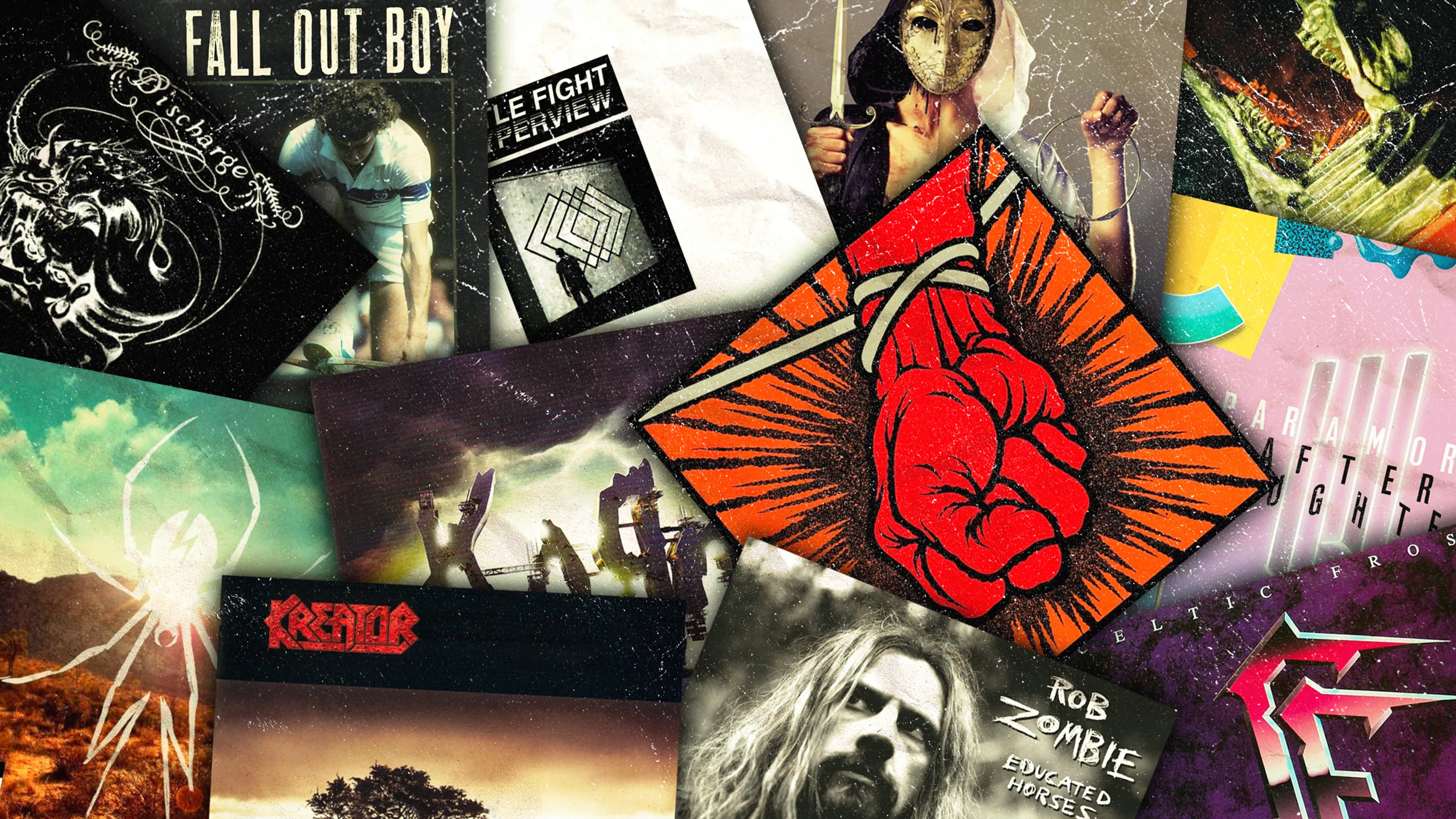From a fan’s perspective, it’s important to remember that as bands age and people change, taste and creative visions change, too. Some bands establish a specific sound early in their careers and never feel the need to adjust what works (or doesn’t), but others get bored really easily and are constantly in a state of sonic flux.
However, most bands – even the ones with iconic sounds that remain relatively consistent – have at least one weird album in their discography. Sometimes it’s a bucket list nod to their roots, or a much-needed breather from what people expect of them.
Below are 12 odd-man-out albums from famous thrashers, beloved pop-punkers, nu-metal pioneers, and more. Some are great, some not so much, but all of them prove that change is often inevitable, and serve as a reminder to stick with your favourites through the good and the bad.
